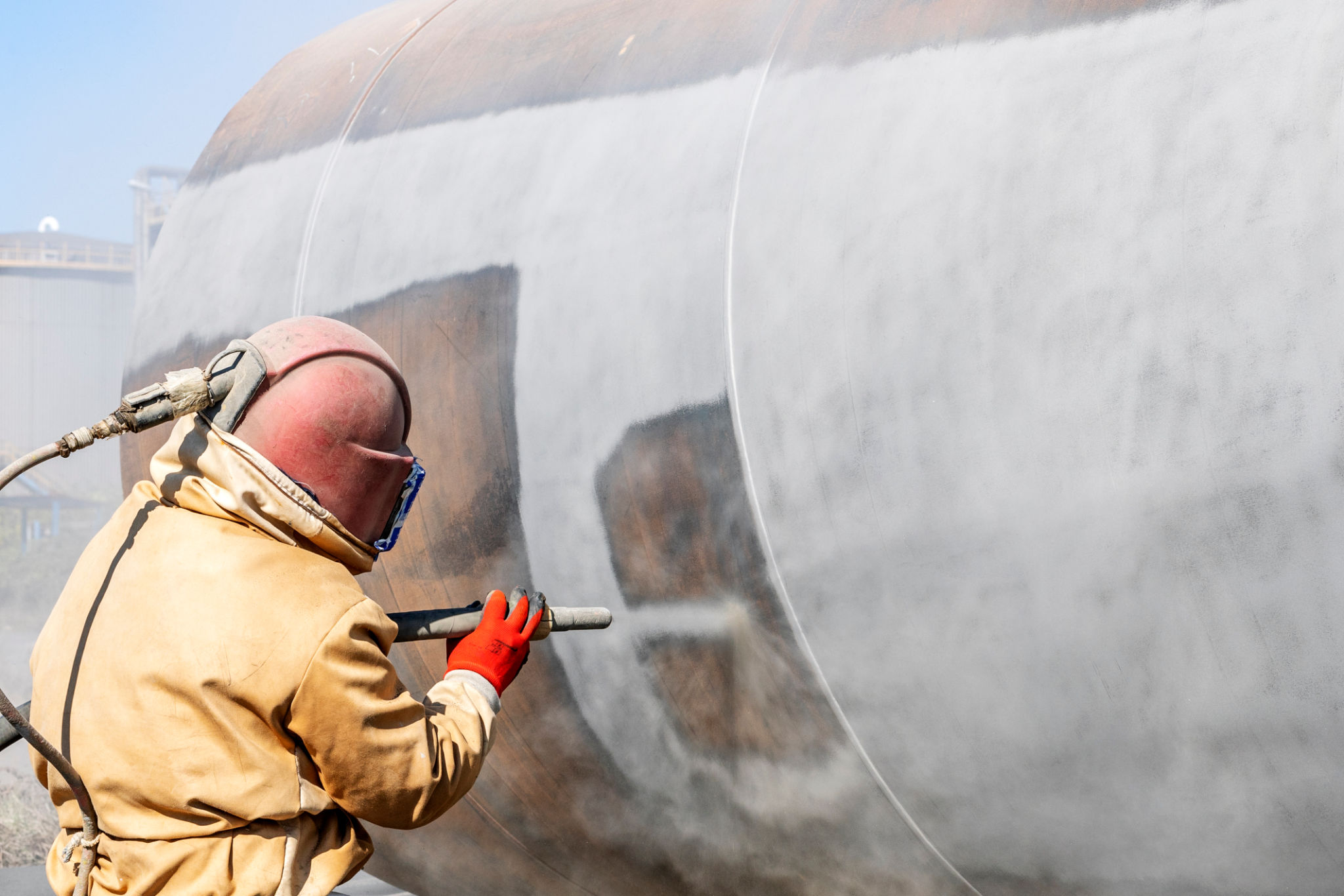Common Painting Mistakes and How to Avoid Them: A Homeowner’s Guide
Introduction to Common Painting Mistakes
Painting your home can be a rewarding and transformative project, but it's easy to encounter pitfalls that can lead to frustration and unsatisfactory results. Whether you're a first-time painter or a seasoned DIY enthusiast, recognizing and avoiding common painting mistakes will ensure a smoother process and a more professional finish.
Skipping the Prep Work
One of the most frequent mistakes homeowners make is underestimating the importance of proper preparation. Before you even open a can of paint, take the time to prepare your surfaces. This involves cleaning walls to remove dust and grime, repairing any holes or cracks, and applying primer where necessary. Skipping these steps can result in uneven coatings and paint that doesn't adhere properly.

Using the Wrong Tools
The quality of your tools can significantly impact your painting results. Using the wrong type of brush or roller can create unwanted textures and lead to uneven coverage. For large, flat surfaces like walls and ceilings, opt for a roller with the appropriate nap length for your surface texture. Detail work around trim and corners requires angled brushes for precision. Invest in high-quality tools to make the job easier and more efficient.
Choosing the Wrong Paint
Selecting the right kind of paint is crucial for achieving the desired outcome. Consider the room's function when choosing between flat, eggshell, satin, or semi-gloss finishes. For example, kitchens and bathrooms benefit from moisture-resistant paints that are easy to clean. Picking the wrong type of paint can lead to durability issues and aesthetic disappointments.

Neglecting to Test Paint Colors
Paint colors can look vastly different on your walls compared to how they appear on swatches or in the store. Always test potential colors on your walls before committing to a full paint job. Paint small patches and observe them at different times of the day under various lighting conditions. This ensures that you’ll be happy with the color once it's applied throughout the room.
Poor Application Techniques
Even with all the right preparations and tools, poor application techniques can ruin your paint job. Avoid overloading your brush or roller with paint, as this can cause drips and uneven layers. Instead, apply thin, even coats and allow each layer to fully dry before adding another. This will help you achieve a smooth, professional-looking finish.

Ignoring Safety Measures
While painting may seem harmless, it’s important to observe safety precautions. Ensure the area is well-ventilated to avoid inhaling fumes, especially when working with oil-based paints or strong primers. Use protective gear such as masks, goggles, and gloves when necessary to protect yourself from potential hazards.
Conclusion
A successful painting project requires attention to detail and a willingness to put in the necessary prep work. By avoiding these common mistakes and following best practices, homeowners can achieve beautiful results that enhance their living spaces. Remember, patience and preparation are key components of any successful painting endeavor.
